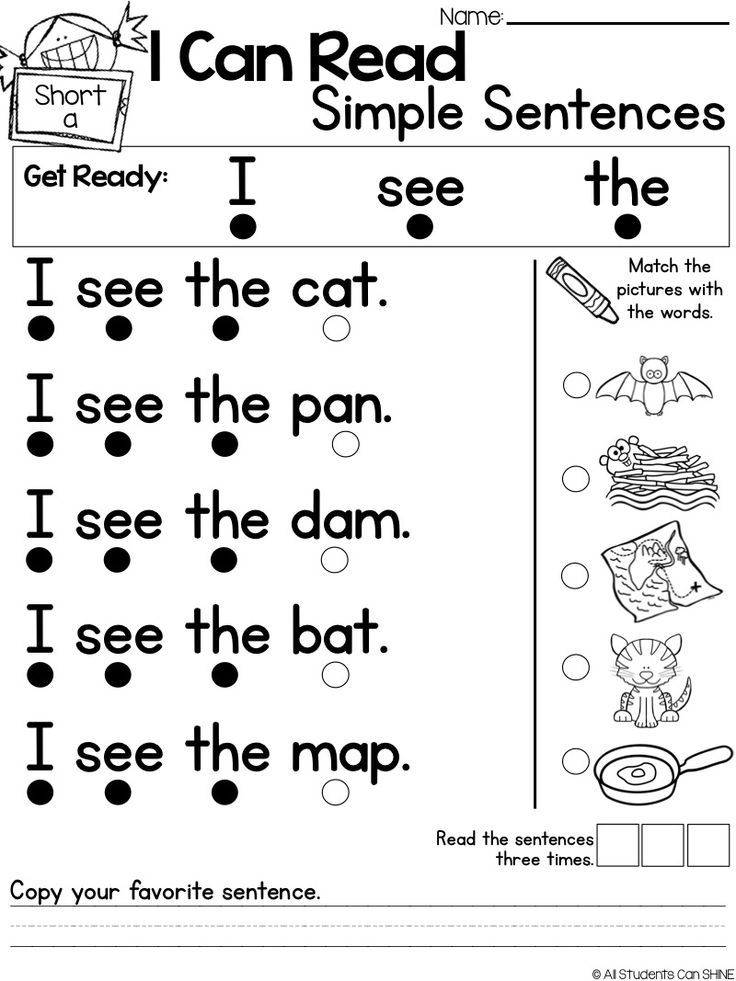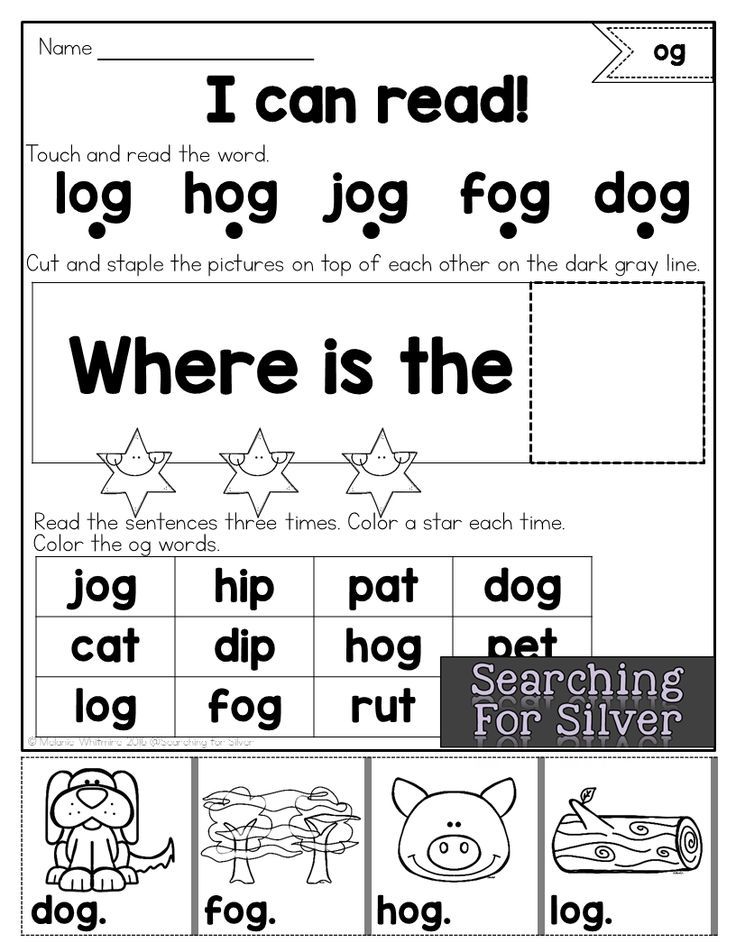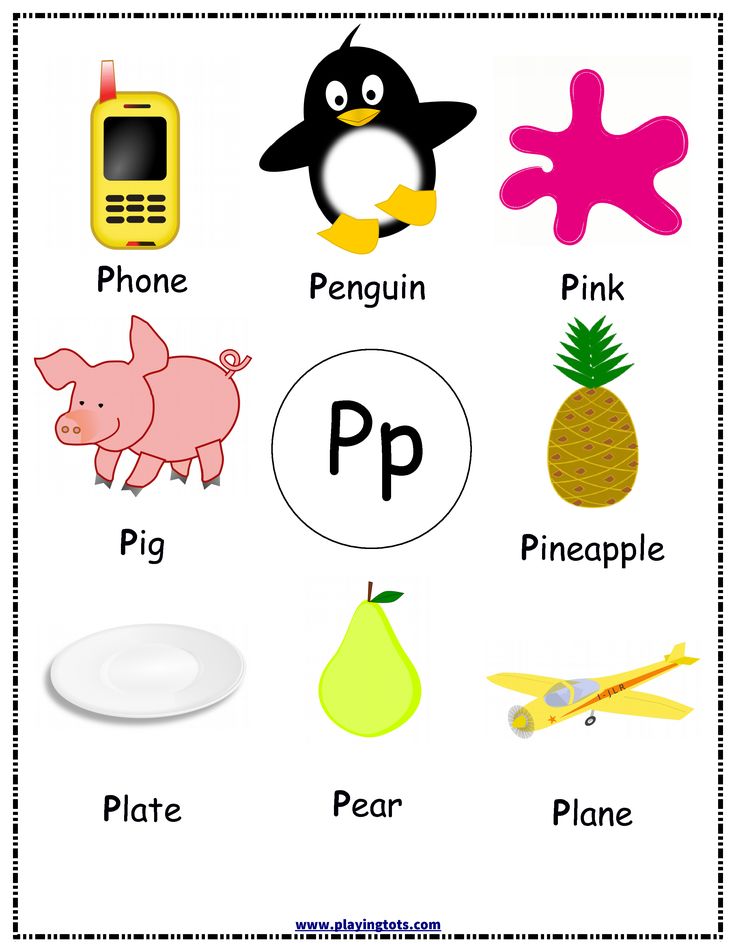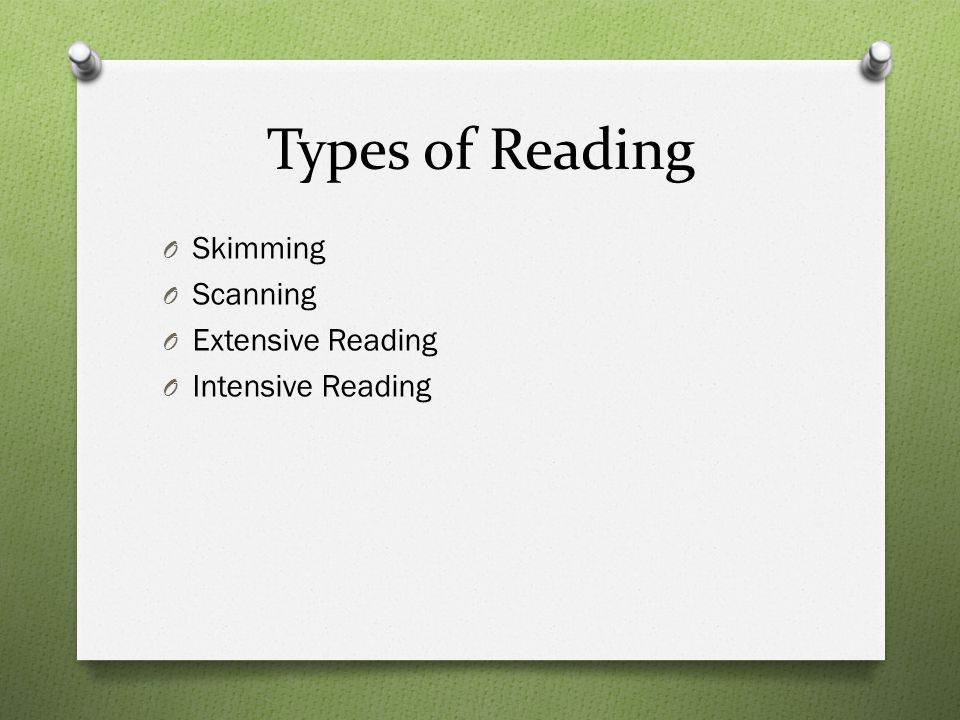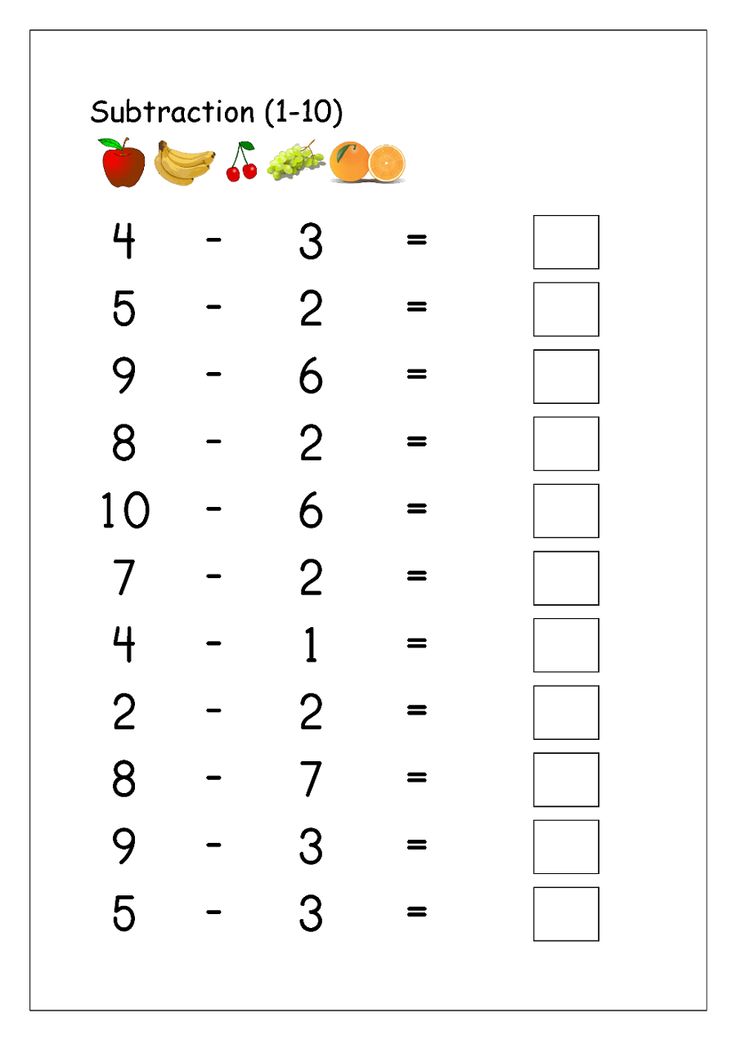Reading words out of order
Sequencing Difficulties: A Symptom of Dyslexia
Sequencing refers to our ability to perceive items in a specific order, and also to remember that sequence. In saying the days of the week, months of the year, a telephone number, the alphabet, and in counting, the order of the elements is of paramount importance.
Many people with dyslexia have trouble with sequencing. Dyslexia is a learning disorder that involves difficulty learning to read or interpret words, letters, and other symbols, but that does not affect general intelligence.
Naturally, sequencing deficits will affect a person’s ability to read and spell correctly. After all, every word consists of letters in a specific sequence. In order to read one has to perceive the letters in sequence, and also remember what word is represented by the sequence of letters in question. By simply changing the sequence of the letters in name, it can become mean or amen.
Studies link dyslexia to sequencing difficultiesGuthrie and colleagues investigated relationships between visual sequential memory and reading in 81 typical and 43 disabled readers. Significant, positive associations were identified between visual sequential memory and paragraph comprehension, oral reading, and word recognition.
A study, published in the Journal of General Psychology, compared 33 dyslexic and 33 control eight to 12-year-old children and found the dyslexic children to be inferior to controls on tasks involving visual sequential memory and auditory sequential memory.
Another study, published in the Archives of Clinical Neuropsychology, compared 24 readers with auditory dyslexia and 21 with visual dyslexia to 90 control group participants and revealed auditory sequential memory impairments for both types of readers with dyslexia, and multiple strengths for good readers.
Dyslexia symptoms and sequencingThe following are a few of the dyslexia symptoms that indicate sequencing difficulties:
- When reading, the person with dyslexia may put letters in the wrong order, reading felt as left, act as cat, reserve as reverse, expect as except
.
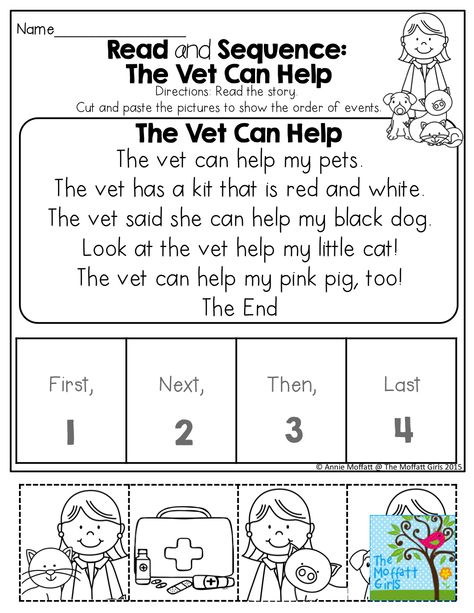
- They may put syllables in the wrong order, reading animal as ‘aminal’, hospital as ‘hopsital’, enemy as ‘emeny’.
- They may put words in the wrong order, reading are there for there are.
- The dyslexic may write letters in the wrong order, spelling Simon as ‘Siomn’, time as ‘tiem’, child as ‘chidl’.
- They may omit letters, i.e. reading or writing cat for cart, wet for went, sing for string.
.
Children with dyslexia may also have trouble remembering the order of the alphabet, strings of numbers, for example, telephone numbers, the months of a year, the seasons, and events in the day. Younger children may also find it hard to remember the days of the week. Some are unable to repeat longer words orally without getting the syllables in the wrong order, for example, words like preliminary and statistical.
Here are some other tasks that tend to be a challenge for those with dyslexia, according to the website BrightStar Learning:
- Shoe-tying: This is a skill that involves a sequence of steps as well as directionality.
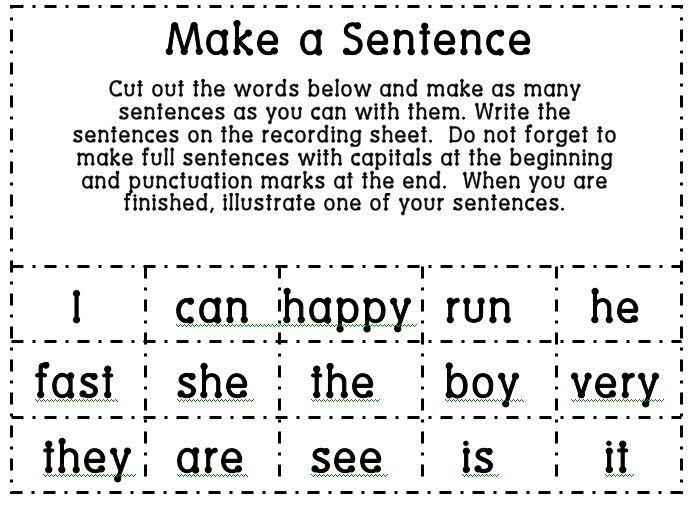 Many children with dyslexia cannot tie their shoes until they are in their teens.
Many children with dyslexia cannot tie their shoes until they are in their teens. - Forming letters: Kids with dyslexia may begin and end letters at strange points. They can’t remember the series of pencil strokes they must make to form the letters. So, they just dig in and start writing from wherever and continue on until the letter bears some relation to its correct form.
- Long division: Long division problems entail following a sequence of five steps, in the same sequence, for each problem. The dyslexic student may have a good grasp of each step but may not perform them in the proper sequence, and they may end up generating the wrong answer.
Edublox specializes in educational interventions that make children smarter, help them learn and read faster, and do math with ease. Our programs enable learners to overcome reading difficulties and other learning obstacles, assisting them to become life-long learners and empowering them to realize their highest educational goals.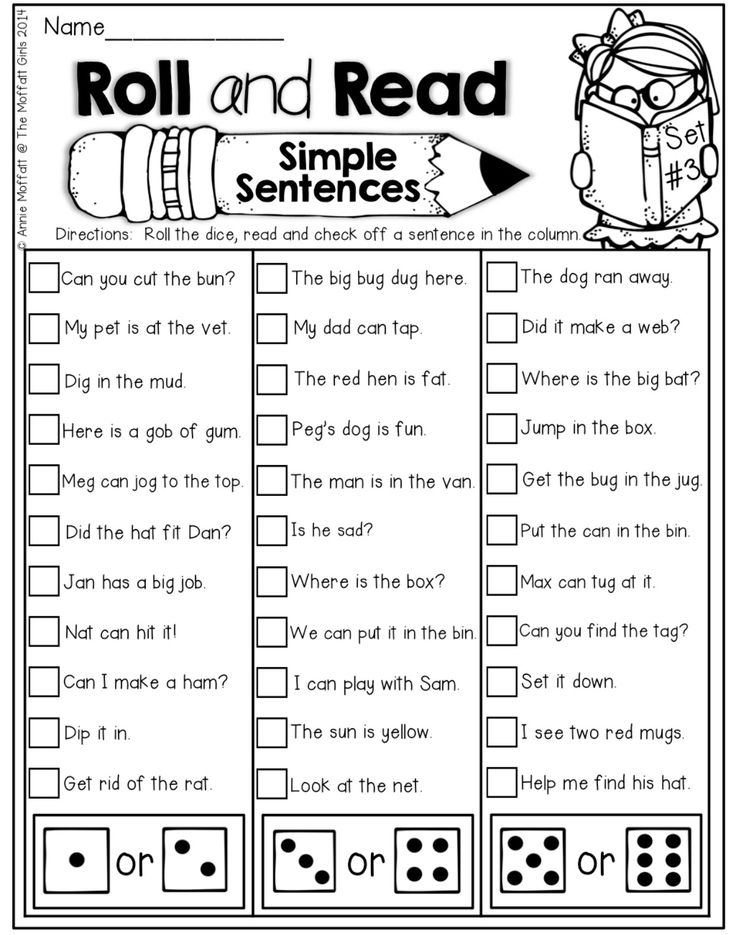
Edublox aims at improving cognitive abilities, including sequencing ability and sequential memory — both auditory sequential and visual sequential memory. Edublox also offers live online tutoring to students with dyslexia, dysgraphia, and other learning difficulties. Watch the playlist below and experience how Edublox training and tutoring help turn dyslexia around. Book a free consultation to discuss your child’s learning needs.
.
References:
Guthrie JT, Goldberg, HK. “Visual sequential memory in reading disability.” Journal of Learning Disabilities. January 1972.
Hornsby B. Overcoming Dyslexia. Juta and Company Ltd. 1984.
1984.
Howes NL, Bigler ED, Lawson JS, Burlingame GM. “Reading disability subtypes and the test of memory and learning.” Archives of Clinical Neuropsychology. April 1999 14(3): 317–339.
Stanley G, Kaplan I, Poole C. “Cognitive and nonverbal perceptual processing in dyslexics.” Journal of General Psychology. 1975, 93(1): 67-72.
.
Word order effects in reading – Psychonomic Society Featured Content
It is truly remarkable what the mind can achieve through the process of reading. Take for example the message below.
Were you able to interpret what this message says?
Our ability to ‘read’ this combination of numbers and letters highlights the fact that reading (among other things) has become a deeply embedded feature of our cognition. We cannot help but to read anything that resembles a sequence of words. The automaticity of reading has served as the inspiration for several cognitive phenomena including the classic Color-Word Stroop effect (discussed several times on this blog, for example here and here), and the Transposed-Word effect (illustrated below).
Although some phenomena that result from reading are well known, understanding exactly how words are processed and what information about the word order is encoded during reading is less clear. Word recognition and sentence meaning are not simply dictated by the order in which words are recognized (i.e., one at a time in a sentence). Instead, researchers speculate that readers a priori associate words to plausible locations in their sentence representations. In this way, word position coding is a complex cognitive process that may be influenced by bottom-up visual cues and top-down expectations.
One view holds that words are processed serially, in a one-by-one fashion. In this way, word order information accumulates as words are appended to the sentence representation in memory. An alternative view is that words are processed in parallel, such that information about words are integrated together during processing. Parallel processing might explain why we read the above sentence “Do love you me?” as “Do you love me?” In this case, the transposed-word effect is thought to conflict with the serial-processing view.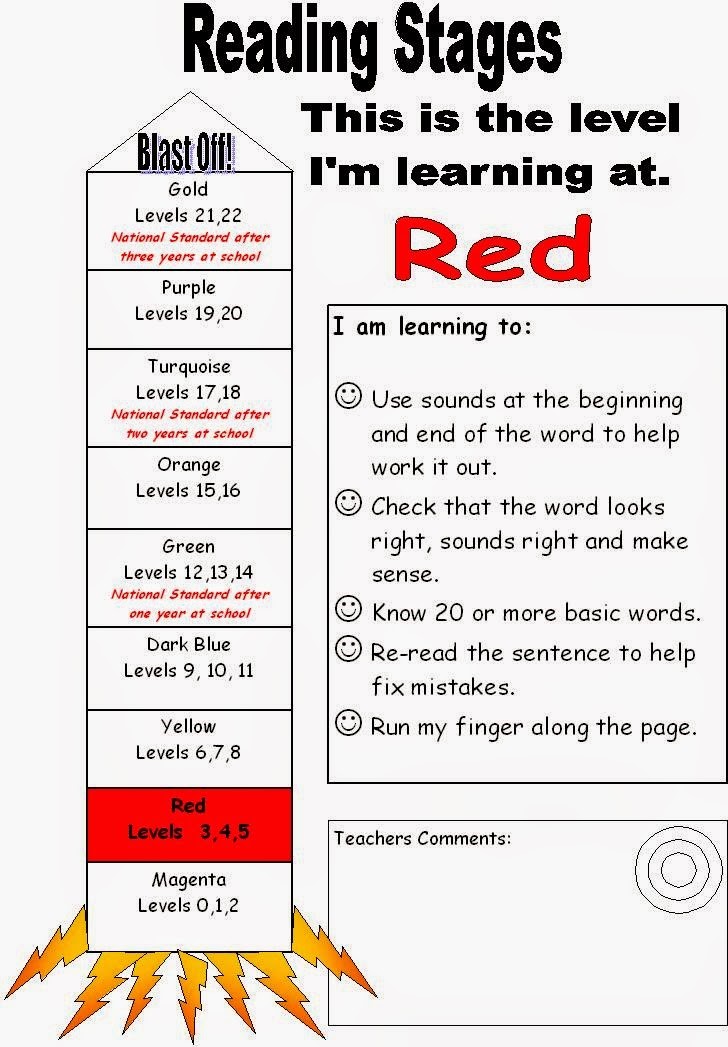 To this end, the transposed-word effect provides ample opportunity to engage the serial vs. parallel processing debate and evaluate if and how word order information is retrieved.
To this end, the transposed-word effect provides ample opportunity to engage the serial vs. parallel processing debate and evaluate if and how word order information is retrieved.
In a recent article in the Psychonomic Bulletin and Review, researchers Joshua Snell and Jonathan Grainger sought to
understand the role of word location in the recognition reading process. Specifically, they investigated whether word location information is processed when reading sentences or if words are processed divorced from their locations in a sentence.
To evaluate this question, the researchers administered a speeded grammar task, where participants judged whether sentences were grammatically correct. The critical manipulation between sentences was the presented order of the words. The sentences were either grammatically intact (e.g., the man can run), the two inner words were re-ordered (e.g., the can man run), or the two outer words were reordered (e. g., run man can the).
g., run man can the).
120 four-word sentences were shown four times each: once in the inner reordered condition, once in the outer reordered condition, and twice in the intact (i.e., grammatically correct) order condition. This was to ensure that the experiment balanced the number of grammatically correct and incorrect sentence presentations. There were 480 trials in total, and as a speeded task, participants had three seconds to respond. The figure below provides a pictorial illustration of the task.
Snell and Grainger predicted that if word location is inherent in sentence processing, readers will represent plausible locations for words in their sentence representations. If this were the case, grammatical errors should be easier to detect in the outer word reordered condition compared to the the inner word reordered condition because words will appear further away from the readers’ expectation of their plausible locations. In the inner word reordered condition, words are moved one space away from their plausible locations, but in the outer word reordered condition, words are moved three spaces away from their plausible locations.
On the other hand, if words are processed independently of their expected sentence location (i.e., serially), there should be no difference in spotting grammatical errors between the inner and outer reordered sentences.
Performance in the task was evaluated by measuring response time and error. Results revealed that participants were slower at classifying inner reordered sentences (e.g., the can man run) as grammatically incorrect compared to outer reordered sentences (e.g., run man can the). These results are shown in the figure below. Similarly, participants made more errors classifying inner reordered sentences as grammatically incorrect compared to outer reordered sentences.
These results suggest that word location information is somewhat inherent in the processing of words during reading. If words were processed independently of their location in the sentence, there should have been no difference in grammaticality judgments of the inner and outer reordered sentences.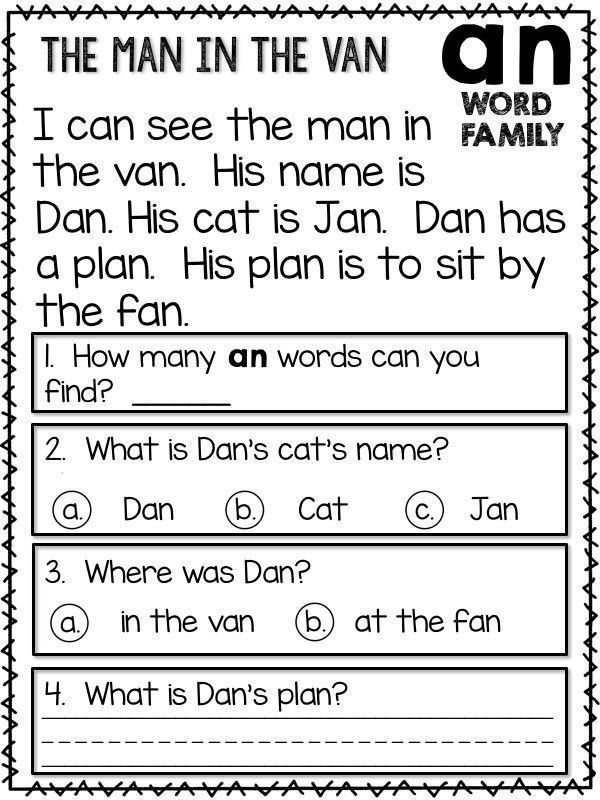 This work lends further support for the parallel processing view of word recognition during reading.
This work lends further support for the parallel processing view of word recognition during reading.
So it turns out that not only is reading fundamental, but so is the parallel coding of word position.
Featured Psychonomic Society article:
Snell, J. & Grainger, J. (2019). Word position coding in reading is noisy. Psychonomic Bulletin and Review. DOI: 10.3758/s13423-019-01574-0.
- Kimele Persaud
Kimele Persaud is a graduate student in Psychology at Rutgers University, where she works with Pernille Hemmer on computational models of memory. She earned a Bachelors of Science degree in Psychology from Delaware State University. Her current work involves applying computational methods to understand the influence of real- world knowledge and expectations on visual working and long-term memory.
The Psychonomic Society (Society) is providing information in the Featured Content section of its website as a benefit and service in furtherance of the Society’s nonprofit and tax-exempt status.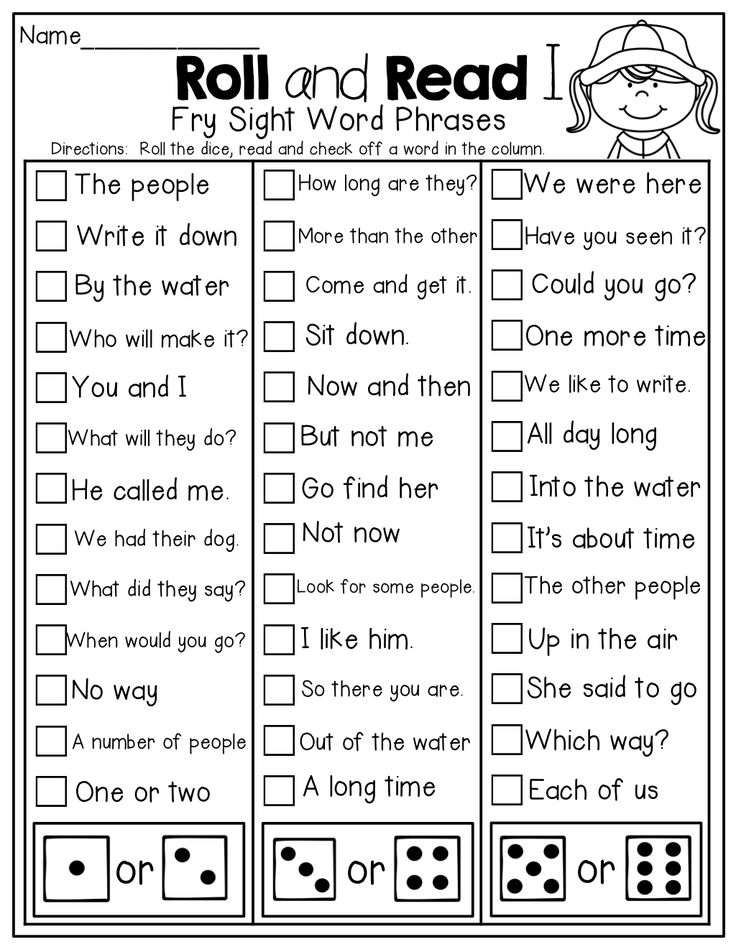 The Society does not exert editorial control over such materials, and any opinions expressed in the Featured Content articles are solely those of the individual authors and do not necessarily reflect the opinions or policies of the Society. The Society does not guarantee the accuracy of the content contained in the Featured Content portion of the website and specifically disclaims any and all liability for any claims or damages that result from reliance on such content by third parties.
The Society does not exert editorial control over such materials, and any opinions expressed in the Featured Content articles are solely those of the individual authors and do not necessarily reflect the opinions or policies of the Society. The Society does not guarantee the accuracy of the content contained in the Featured Content portion of the website and specifically disclaims any and all liability for any claims or damages that result from reliance on such content by third parties.
About how we vorpsimaniem text / Sudo Null IT News
Remember, on the Internet, in the year 2003, there was a picture that said that it didn’t matter in what order the letters in the word went, as long as the first and last were in place, and the rest the brain itself composes and isolates the meaning. Here is the original text:
According to rzelulatta ilseovadniy odongo englishokogo unviertiset, not ieemt zachneiya, in kokam right rsazholiy bkuvy in solva.Galvone, chotby preav and ploendya bkvuy blyi on the site. Osatlyne bkuvy mgout seldovt in a plonm bsepordyak, everything is torn tkest chtaitseya without straps. Pichriony this is the fact that we do not read the same letter in a single note, but the whole solvo clique.
English
Arocdnicg to rsceearch at Cmabrigde Uinervtisy, it deosn't mttaer in waht oredr the lteers in a wrod are, the olny iprmoatnt tihng is taht the frist and lsat ltteer are in the rghit pcale . The rset can be a toatl mses and you can sitll raed it wouthit pobelrm. Tihs is buseace the huamn mnid deos not raed ervey lteter by istlef, but the wrod as a wlohe.
An attempt to experiment with different texts showed that everything is not as cloudless with the Russian language as with English, and the algorithm for efficient and readable mixing is still a little different.
In principle, it's understandable, but as soon as you take the words more authentic, the text becomes poorly recognizable: In honor of the pkardnis, port pderepnos padorok kalidingnatsram and rirshazel snobyvdoy phorod on torriteria.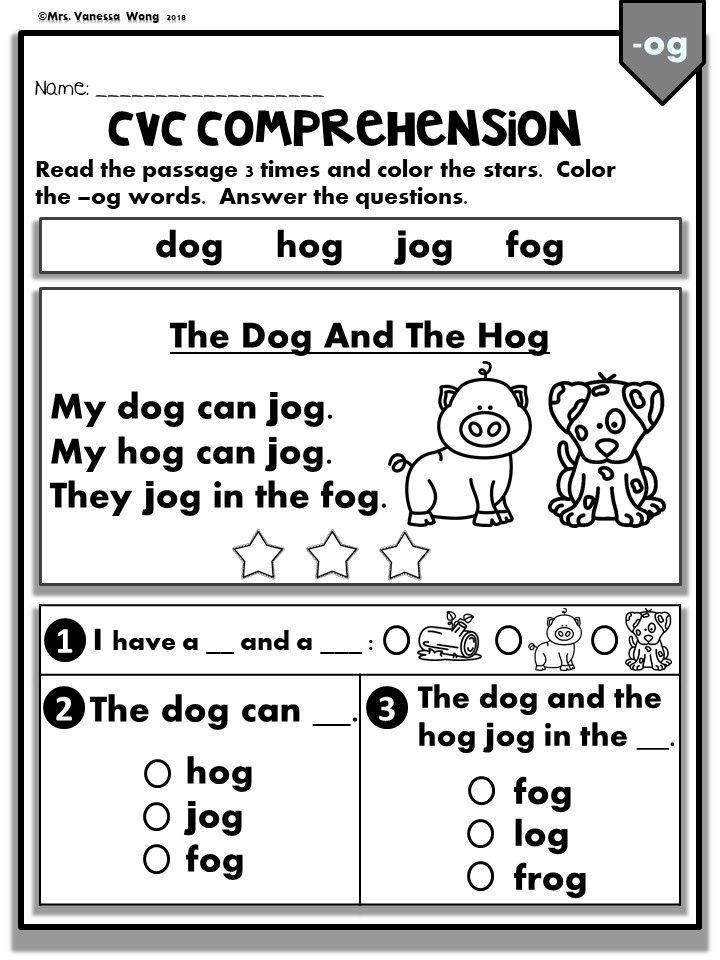 All residents were able to visit Kzerushnretn. Such a voztonzhosm vadepayt not chatso. Like a good day, on board the Kzreunshrten the pinusrak mugot were the guests of the greedy mirksoh pratziks in the inanthrostic sweats and the zheliti of Kalaninrgid.
All residents were able to visit Kzerushnretn. Such a voztonzhosm vadepayt not chatso. Like a good day, on board the Kzreunshrten the pinusrak mugot were the guests of the greedy mirksoh pratziks in the inanthrostic sweats and the zheliti of Kalaninrgid.
But if we make it a rule to keep the positions of consonants and vowels, freely changing between vowels and consonants separately, then the result is slightly more readable and understandable with the same chaos:
madel of the Games hallowed by the US team reported by the olyjacnfy website of Olampiida The second metso was taken by the pcidvlareteinsites of the risky kadomna, which vailryga for the national sronboi second sererbo seberro snorboi of Russia psinelra totelaekljatzha Stevlana Tsavuraeka Bvonzoruyu nadraga was felt by the Runim gymnasts.
and for the second text
Vlrchaseti pisanruk in Kigidonrnasklam moksrom fishing port, which these days has marked 65 years.In honor of pkinzrad, the port of Ppedornes, the parodok kagidannlarcim, widened the passage to the torriritea with a sdyvonboy. All pitying with the pisetot "Kzerushnretn". Such a vaping experience is not often. Like a pvilaro five days aboard the pikarsun, the mugot gotsi myrdojanundekh of the worldly pzardiks in the inantron partochs, and the residents of Kanilargdin see the masts of the “Kzerushnrent” only through the ogdar of the potra.
Now let's make another small change - add a maximum distance between the permuted characters of 3 characters so that the consonant from the beginning of the word does not fly to its end. We also add an account for the fact that characters cannot be transferred more than once. As a result, a text comes out, from which almost everything is already clear:
The pasnim rose in the Kalinirgnaks sea fishing port, which celebrated the 65th anniversary these days. On the occasion of the pzardnik, the prot presented a gift to the people of Kinalignrad and rarzed a free phorod to the territory.All those wishing to visit Krunezshtern. Such a possibility will not happen very often. As a pviralo boarding a sailboat, guests of inter-ronand marine pzards in foreign clothes can board, and residents of Kinalignrdaa see Kzerutshnern's masts only through the harbor port.
As a result, it turns out that not everything is as cloudless for the Russian language as it is for English, with its short words. But if you change the algorithm a little, the general idea still works.
I wonder if it's possible to add more noise to the middle of a word while maintaining readability and comprehensibility?
UPDATE:
torkve writes:
I think it's better to try to do something like your last algorithm, just to develop the idea a bit:1. Fix the first and last characters of the word.
2. From the remaining ones, we take the first three characters, randomly mix them.
3. From the resulting new triple, we fix the first two.
4. Repeat step 2 until the unfixed characters run out.
I practically did just that, but it is worth fixing in paragraph 3 not the first two, but the first three. Otherwise, one letter may travel to the end of the word. Here's what happened:
A sailboat was built in the Kliningrad fishery, which these days marked its 65th anniversary. On Thursday, the port brought the paodrok kialninrgatsdam and allowed a free passage to trretoiiryu. Everyone who wants to eat Kzrushenetrn. Tkaaya vpyaaedt vpyaaedt not chatso. As a parvilo near the brot of the Prouainsk, it is possible for the inter-drone mosriks to celebrate in the inside prots, and the zhtieli of the Kalinnagrda hoist the masts of the Kurzneshtern only through the fence of the prtoa.
It looks like nothing.
UPDATE2. I decided to check what would happen if we remove almost all vowels - do not touch the beginnings and ends of words. After all, in the same Arabic or Hebrew there are practically none - they manage with consonants. Here is what comes out of an arbitrary text from Turgenev's "Noble Nest": and in fifty years her features were not far from pleasant, although they flickered and blurred a little. She is more blissfully sensitive, better than good, and up to zrlh lt she kept the insttt zmshki; she got away with it, easily got angry and cried when she wanted to; This is how she is very blessed and blissful, when all her wishes were fulfilled and no one was happy for her. Dm she was supposed to be the most pleasant in the city. her condition was very poor, not so much as an accident, as much as an acquired thing. both daughters lived with her; the dream popped up in one of the best kznx buildings in the ptrbrg.
Here is what comes out of an arbitrary text from Turgenev's "Noble Nest": and in fifty years her features were not far from pleasant, although they flickered and blurred a little. She is more blissfully sensitive, better than good, and up to zrlh lt she kept the insttt zmshki; she got away with it, easily got angry and cried when she wanted to; This is how she is very blessed and blissful, when all her wishes were fulfilled and no one was happy for her. Dm she was supposed to be the most pleasant in the city. her condition was very poor, not so much as an accident, as much as an acquired thing. both daughters lived with her; the dream popped up in one of the best kznx buildings in the ptrbrg.
Surprisingly, absolutely everything is clear without vowels. Moreover, the text shrank by 34 percent.

 As a result of converting in reverse order, the first character of the text will be the last, and the last - the first. That is, the effect of almost mirror or reverse display of characters is achieved (Example of text in the reverse order of the characters: atsket remirP). After changing the character order to reverse, plain text will be read from right to left, bottom to top. If the converted text is passed through this converter again, it will return to the original version (provided that the "all text" option is selected). Now the text reverser also supports permutation of single and random words.
As a result of converting in reverse order, the first character of the text will be the last, and the last - the first. That is, the effect of almost mirror or reverse display of characters is achieved (Example of text in the reverse order of the characters: atsket remirP). After changing the character order to reverse, plain text will be read from right to left, bottom to top. If the converted text is passed through this converter again, it will return to the original version (provided that the "all text" option is selected). Now the text reverser also supports permutation of single and random words. 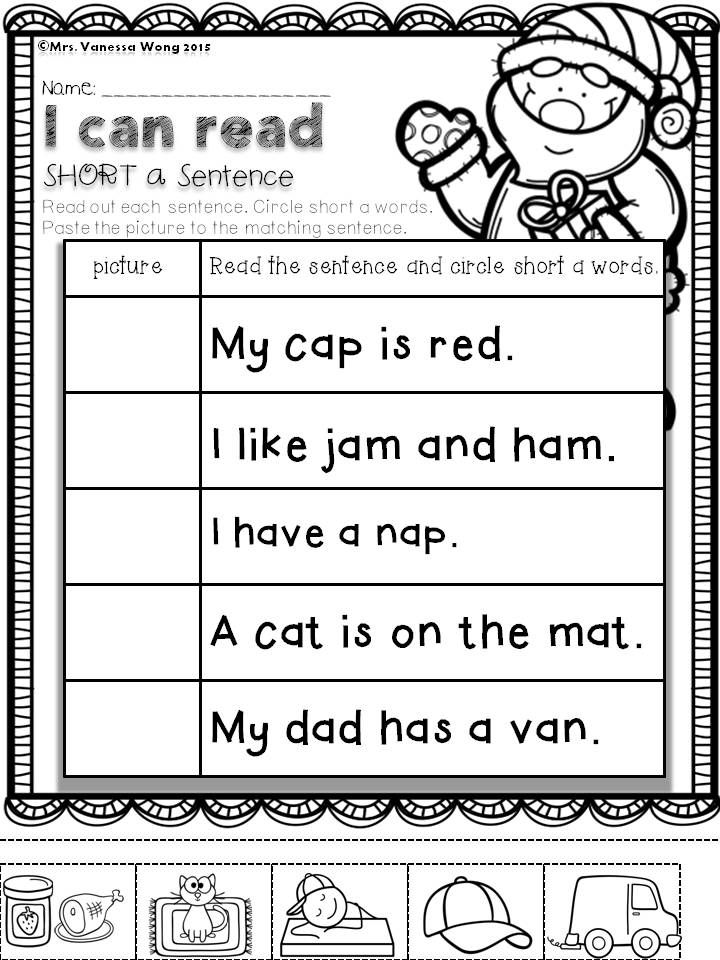 Reversing letters is an original way of drawing attention to your text or its individual parts, because the reader will have to work hard to read what is written. In the process of thoughtful study of the reverse text, the reader will automatically have to delve into its content, which means that the text will not go unnoticed and will certainly be perceived.
Reversing letters is an original way of drawing attention to your text or its individual parts, because the reader will have to work hard to read what is written. In the process of thoughtful study of the reverse text, the reader will automatically have to delve into its content, which means that the text will not go unnoticed and will certainly be perceived. 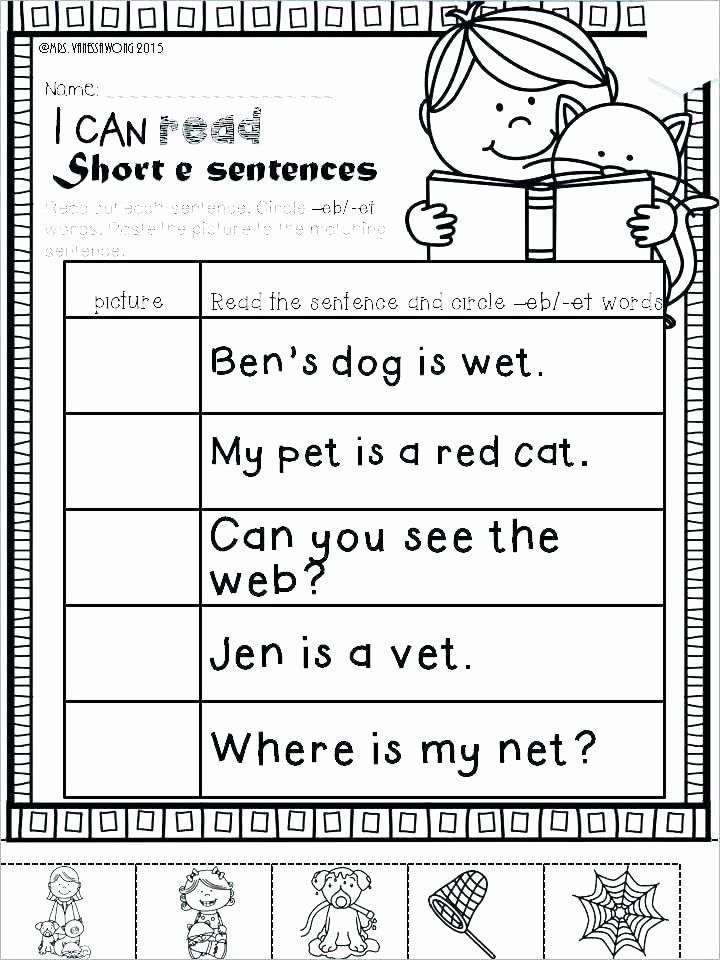
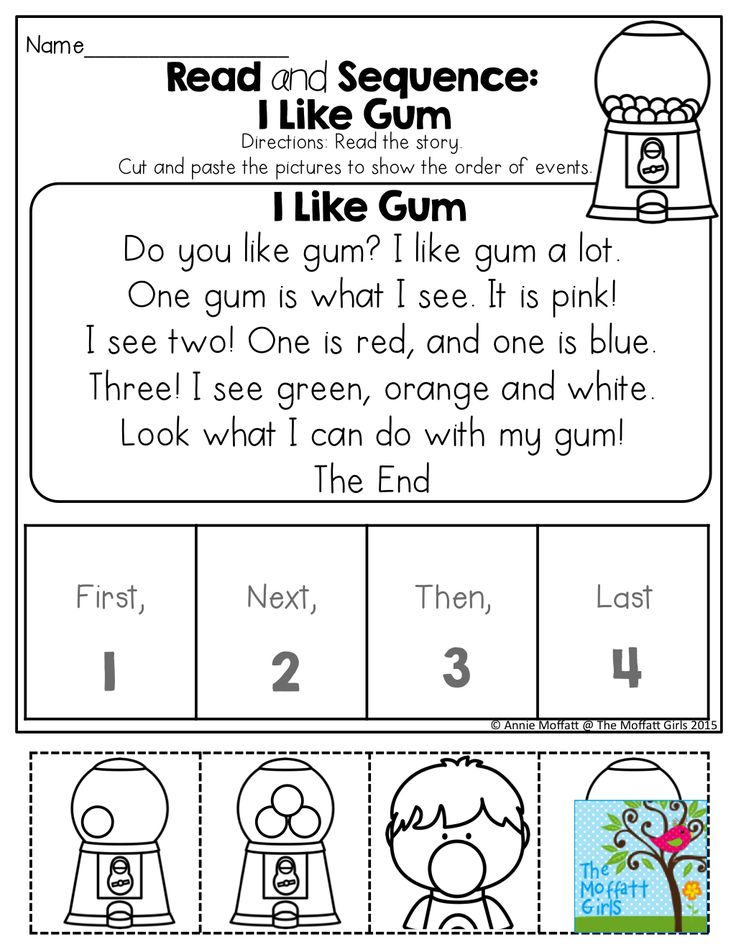 Everything is very simple: we take the first character of the text, word or sentence (depending on the settings you have chosen) and transfer it to the end, the last character is transferred to the place of the first, that is, we change their places. Then move on to the next character and? just like the previous time, we swap it with the penultimate one. The process of exchanging symbols from beginning to end and from end to beginning is repeated until all of them are interchanged with each other. The result is text in which the characters will follow from right to left and from bottom to top. When brackets, quotes, and some other characters are found, they will be reversed to maintain the correct order.
Everything is very simple: we take the first character of the text, word or sentence (depending on the settings you have chosen) and transfer it to the end, the last character is transferred to the place of the first, that is, we change their places. Then move on to the next character and? just like the previous time, we swap it with the penultimate one. The process of exchanging symbols from beginning to end and from end to beginning is repeated until all of them are interchanged with each other. The result is text in which the characters will follow from right to left and from bottom to top. When brackets, quotes, and some other characters are found, they will be reversed to maintain the correct order.  For example, in Excel there is such a function for cells as REVERSETEXT, and in the Word text editor, you can set the style for displaying a block of text in reverse order (with no direct permutation of characters). The browser uses a special direction tag to set the direction of the text block output, which can be set to one of the values: ltr or rtl. In the php programming language, there is a special function strrev for reversing the characters of a block of text.
For example, in Excel there is such a function for cells as REVERSETEXT, and in the Word text editor, you can set the style for displaying a block of text in reverse order (with no direct permutation of characters). The browser uses a special direction tag to set the direction of the text block output, which can be set to one of the values: ltr or rtl. In the php programming language, there is a special function strrev for reversing the characters of a block of text. 